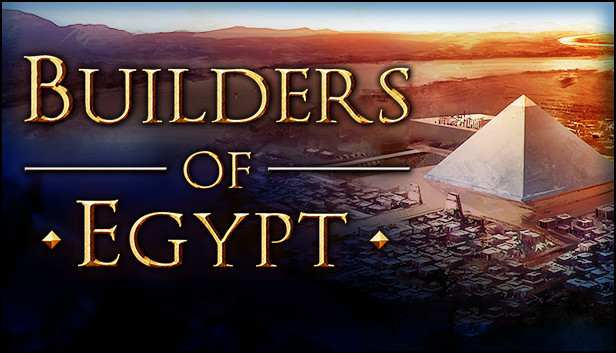

The former rulers of these states were forced to assume the role of governors or tax collectors. It was in this era that formerly independent ancient Egyptian states became known as nomes, and were ruled solely by the king. The first notable king of the Old Kingdom was Djoser (reigned from 2691-2625 BCE) of the Third Dynasty, who ordered the construction of the step pyramid in Memphis’ necropolis, Saqqara. These had two principal functions: to ensure an ordered existence, and to defeat death by preserving life in the next world. Sculptors created early portraits, the first life-size statues, and perfected the art of carving intricate relief decoration. Thus, the period of the Old Kingdom is often called “The Age of the Pyramids.”Įgypt’s Old Kingdom was also a dynamic period in the development of Egyptian art. The Old Kingdom is perhaps best known for a large number of pyramids, which were constructed as royal burial places. This flooding was necessary for crop growth. He was considered a living god, and was believed to ensure the annual flooding of the Nile. The king (not yet called Pharaoh) of Egypt during this period resided in the new royal capital, Memphis. Additionally, trade became more widespread, new religious ideas were born, and the strong centralized government was subtly weakened and finally collapsed. During this time, a new type of pyramid (the step) was created, as well as many other massive building projects, including the Sphinx. The Old Kingdom is the first of three so-called “Kingdom” periods that mark the high points of civilization in the Nile Valley. The Old Kingdom is the name commonly given to the period from the Third Dynasty through the Sixth Dynasty (2686-2181 BCE), when Egypt gained in complexity and achievement. SneferuĪ king of the Fourth Dynasty, who used the greatest mass of stones in building pyramids. necropolisĪ cemetery, especially a large one belonging to an ancient city. DjoserĪn ancient Egyptian pharaoh of the Third Dynasty, and the founder of the Old Kingdom. Old KingdomĮncompassing the Third to Eighth Dynasties, the name commonly given to the period in the 3rd millennium BCE, when Egypt attained its first continuous peak of complexity and achievement. Semi-feudal rulers of Ancient Egyptian provinces.

Subnational, administrative division of Ancient Egypt. The Egyptian god of the underworld, and husband and brother of Isis. The sun god, or the supreme Egyptian deity, worshipped as the creator of all life, and usually portrayed with a falcon’s head bearing a solar disc.



 0 kommentar(er)
0 kommentar(er)
